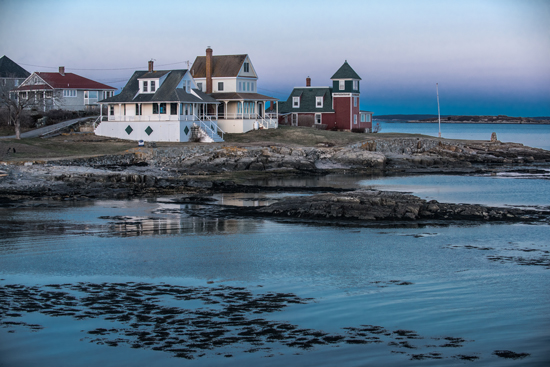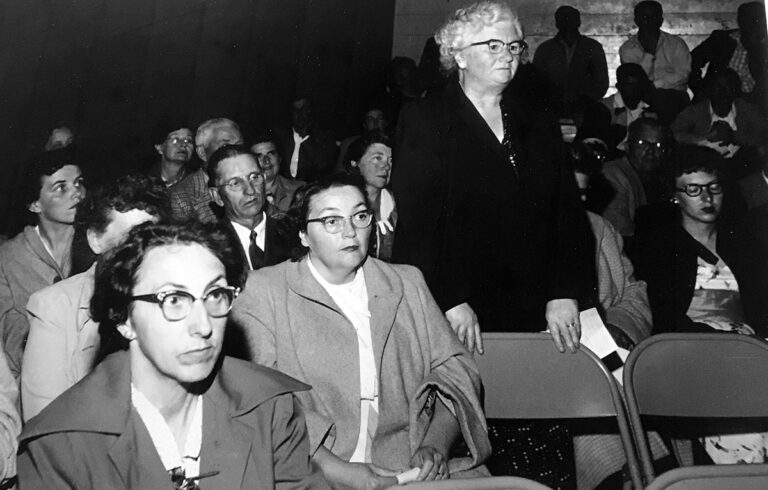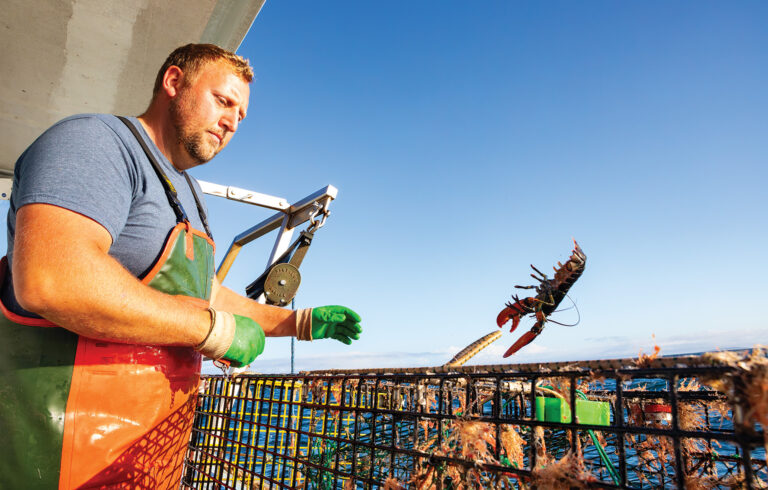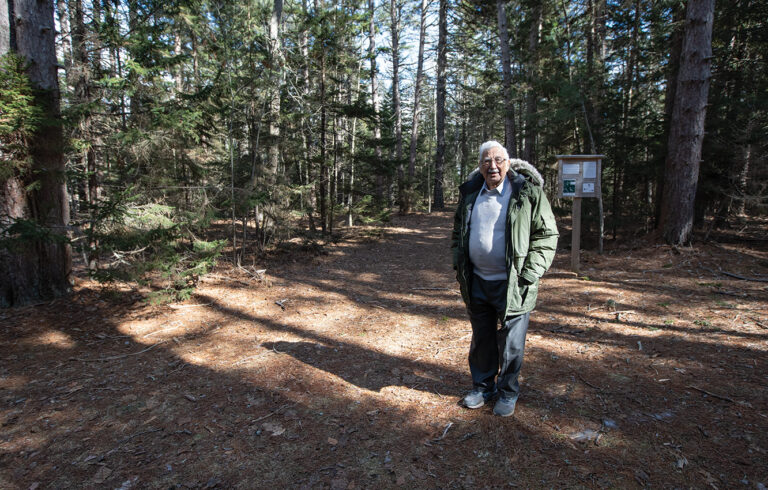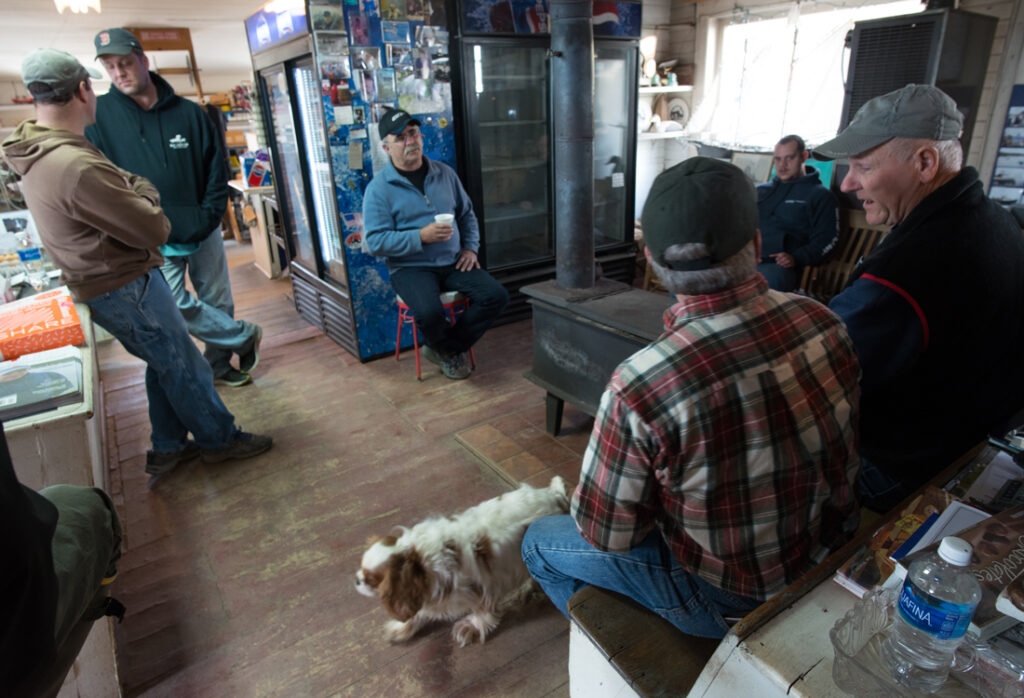
There’s a long-running joke in Harpswell that it’s really three towns in one.
The town has the longest coastline of any in Maine—216 miles of long, jagged edge that form the shape of three fingers, and serve as a home to communities with their own, distinct identities.
A handful of arterial roads run a connection from the mainland to the tips of each—Harpswell Neck, Orr’s and Bailey Islands, and Cundy’s Harbor—peninsulas that often are so narrow that the ocean is visible for much of the length of the drive out to sea. Small roads, many of them made of dirt, jut off from the main ones. With nowhere else to go, they head toward the water, providing access to the coves and cloistered harbors that have for centuries supported the town’s historic fishing industry.
There’s a fierce pride in each of the fishing villages that have found a home on each prong of of the town’s trident shape. And of course, there are rivalries.
“Having the bridge helps,” joked David Chipman, who serves on the board of selectmen and whose great-great-great-great-grandfather signed the town’s articles of incorporation in 1758.
He referred to the Mountain Road bridge that connects the town’s two largest peninsulas, and wasn’t built until the mid-1960s. It was built to foster a greater sense of unity in town—it used to be that people had to drive inland and cross through neighboring Brunswick to get from one side of Harpswell to another—but the bridge “hasn’t eliminated all the geographic separations that we have here,” Chipman said.
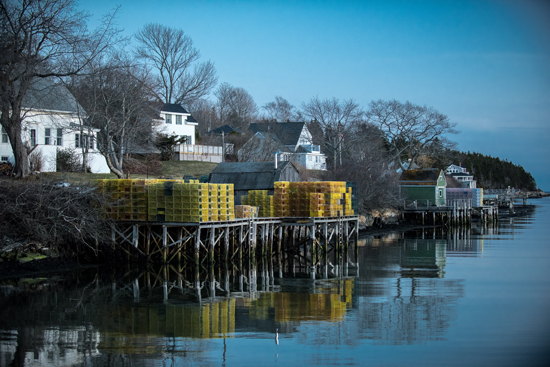
Because of the town’s geography, town issues often have pitted the villages against each other. Whether it’s paying to save a Harpswell Neck landmark that means nothing to the folks in Cundy’s Harbor, or to consolidate schools across town, Harpswell’s annual town meeting isn’t complete without shouting over an issue that pits the priorities of one part of town against another. One time in the 1950s, Great Island tried to secede, Chipman recalled.
Yet the villages have more in common than not. “You can’t drive through Harpswell. It’s a dead end,” Chipman remarked. “It’s like an island.”
That’s why in recent years, the people who have long made up its historic blue-collar population have found a common identity in the face of an emerging new group of Harpswellians: the influx of people who have sought to retire and vacation there.
“You’ve got Harpswell, the fishing village, and Harpswell, the retirement community,” explained Chris McIntire, a 25-year-old Orr’s Island fisherman.
“There are a lot of people who move here that do a lot of incredible things in the community,” he said. “We’ve always been lucky for having a lot these people who have retired and moved her and still had energy and ambition and want to make a difference.
“But I hate change,” McIntire continued. “You go Downeast some places, and you can find small fishing villages that are gorgeous with a lot of old homes. And being from here, I can’t believe the shore hasn’t been built up with huge new summer homes.”
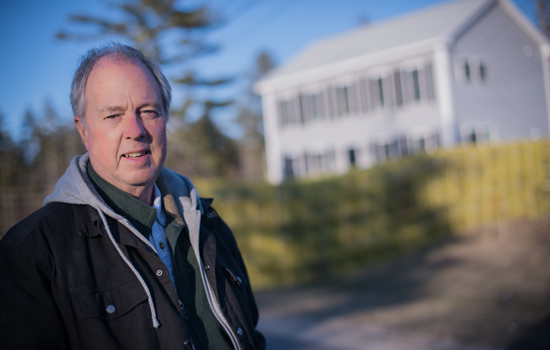
Those massive houses—which have rapidly consumed the town’s shoreline—have driven up property values. In response, Harpswell’s working waterfront is shrinking.
A recently published study of the town’s fishing industry by the Maine Coast Fishermen’s Association found that the total number of commercial fishing licenses among residents has declined by 40 percent, a drop from 763 to 462. Part of that is driven by changes within the fishing industry that have reduced opportunities to work on the water, according to researcher Kendra Jo Grindle. But it’s also because fewer fishermen are choosing to live in Harpswell because they can’t afford it, she said.
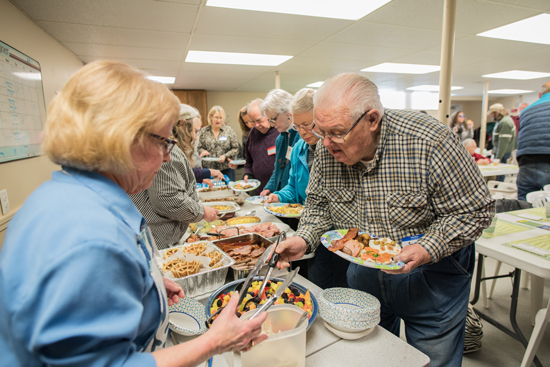
It’s hard for young people, too, who have trouble finding a rental cheaper than $800 a month, or one that isn’t rented on a weekly basis during the summer to accommodate tourists, McIntire said. As a result, Harpswell is now the oldest town in Maine, with a median age of 56.9, according to a 2015 demographic survey.
These changes have bred resentment, although not to the point where people don’t get along. As McIntire said, there are cohorts of retirees who, with lots of time on their hands, have devoted their time to trying to solve the problems facing the town—whether it be its aging population, or spurring commercial activity—by creating nonprofit community organizations or volunteering on town committees.
Still, fishermen say they’re encountering new kinds of neighborly disputes. They say they’re tired of apologizing for their boat engines making noise at 5 a.m., and for the smell of fish bait on their lawns. Some real estate agents have started to preface their sales with, “This is what it’s like to live here,” Grindle said.
And what it will be like to live here in 10 years is still anyone’s guess, according to Nate Wildes.
Wildes is one of those young people who moved away because he and his fiancé couldn’t find an affordable home. Though not a native of Harpswell, the 27-year-old volunteered on town panels and took an interest in its future. It caused him a lot of frustration.
“It’s a town of superlatives,” he said, referring to its age and long coastline. “The culture is really good at being what they have been, and that’s part of the charm. But the challenge of that is you don’t know what you need to be. And my read of it is that Harpswell is not OK with that, but they don’t have a plan to deal with it,” he said.
Governing is hard when preserving tradition may require embracing change, Chipman said. “It’s a very fine line. You want everyone to get together and work on our problems as a town. These distinct villages have their own cultures and histories that people can’t forget.”
He quickly added, “But that that’s what makes Harpswell, Harpswell.”
Callie Ferguson is a reporter with the Bangor Daily News who used to cover Harpswell for the Forecaster newspaper.
